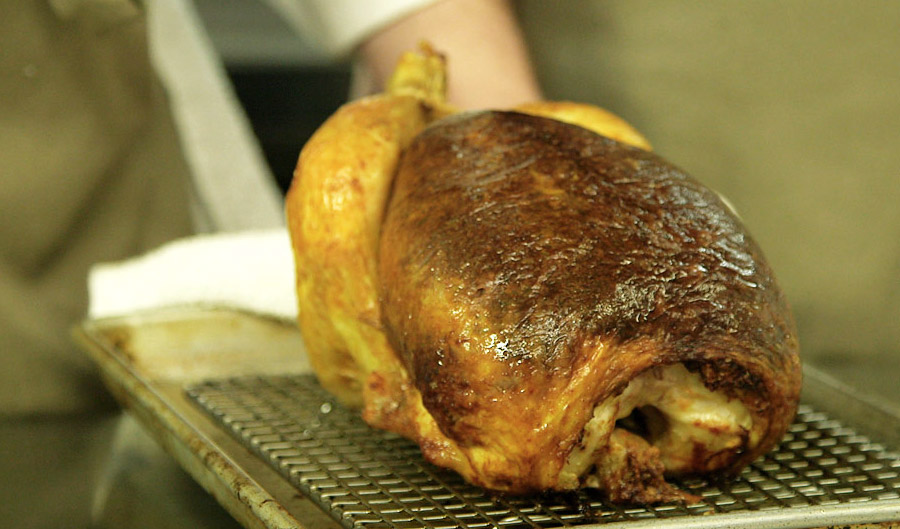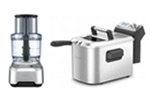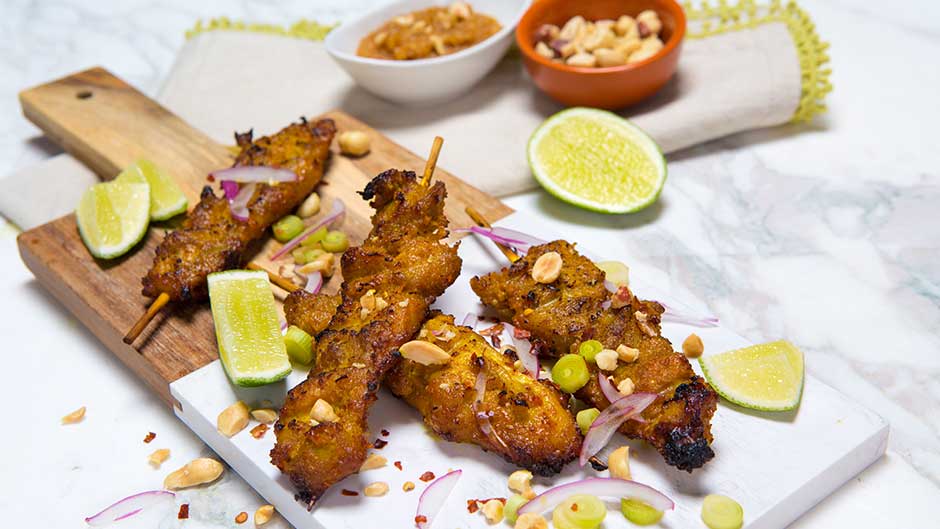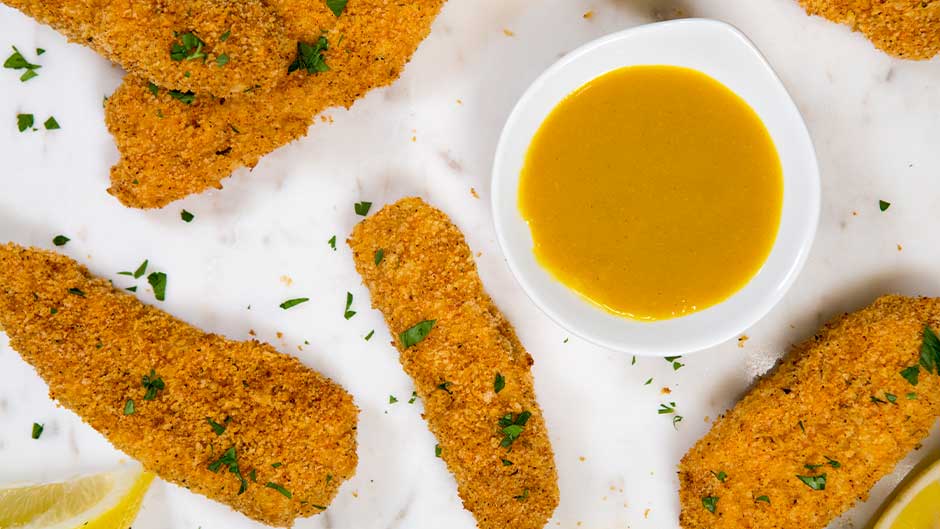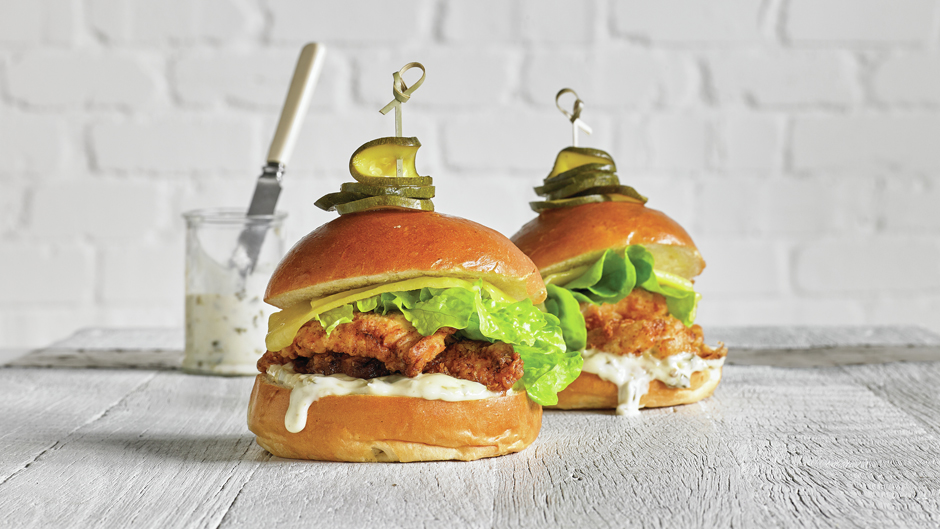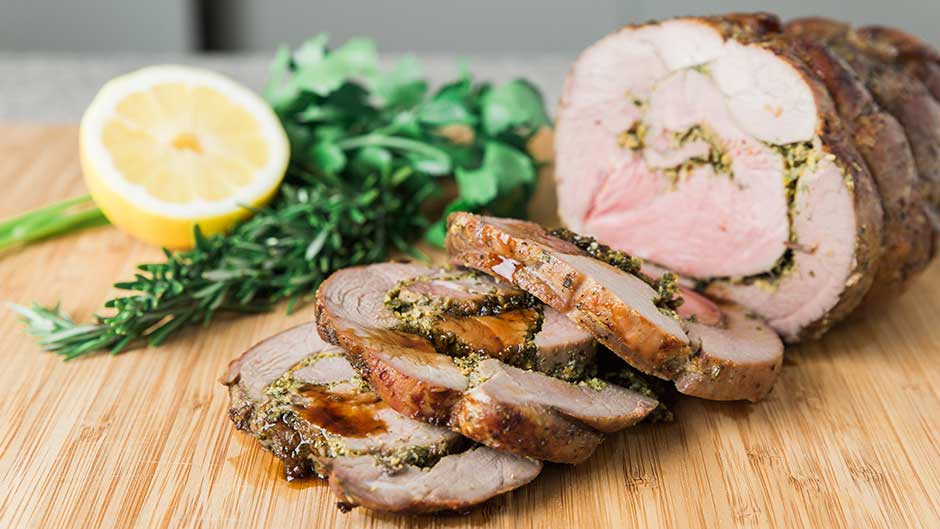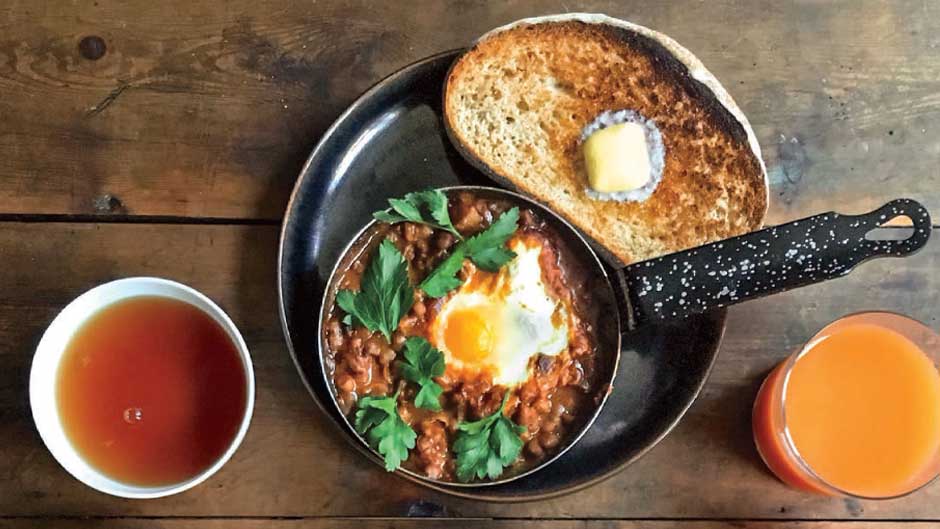Chef Bryce Shuman of Betony shares how to roast and stuff a chicken.
There are many great ways to roast a chicken. Some roast really hot, some sear in a pan and roast slow. Some start really hot in the oven and then finish at a lower temperature.
At Betony I like to do a combination of slow cooking and hot roasting that allows the bird to be particularly moist and still have that great roasted on the bone texture.
When I was working at Eleven Madison Park, Chef Humm showed me a great way to roast a bird whole, by stuffing brioche, foie gras, butter, and black truffles under the skin. I adapted it to do at home, and now it is the only way that I roast chickens at the house.
The finished bird always has a great, crispy skin and beautiful color, and the butter in the stuffing bastes the meat as it roasts. Instead of using brioche, though, I’d use whole grain bread; and instead of foie gras, I would just use a great butter. In lieu of truffles, I would use fresh lemon zest and herbs to give added flavor to the meat.
Here it is, easily adapted to the gluten-free diet by substituting day-old gluten-free rolls for the bread crumbs.
The Stuffing
For the stuffing, mix the butter and dry bread crumbs with lemon zest, herbs, and salt and transfer to a piping bag. Set this aside at room temperature, in a cool place, and prepare your chicken.
Chicken
Make sure that you first start with a great chicken. Know the bird’s source. If you do not have a good bird to begin with, raised well, fed well, lived well, you will not have a great final dish.
Dress the bird, removing the giblets and wish bone, and prepare to roast. Season with salt and pepper inside the cavity as well as on the outside skin to ensure great flavor.
Stuffing the Chicken
Run your finger in between the skin and the flesh, creating a separation and a space for the stuffing to go. Pipe the stuffing mixture underneath the skin, on top of the flesh, and work it around into an even layer.
Next, stuff the cavity with a few aromatics, such as a lemon and herbs, and truss the chicken with butcher’s twine.
Let the chicken chill for an hour in the refrigerator before roasting.
Roasting
Place the chicken on a rack, massage with softened butter, and place into a raging hot oven. Be sure to turn the bird once to ensure even browning and cooking.
I like to use a cake tester to check the internal temperature. I know that the chicken is done when it is just warm near the bone when inserted at the breast plate.
Resting
When it’s done, it’s important to remove the bird from the oven and allow it to rest at room temperature for at least 15 minutes before carving. Once it’s carved, you will find that the breast meat should still be a touch blush in color at the bone. This is a good indicator that you will have a juicy piece of meat. The legs will still be under-cooked, and once you remove them from the carcass they can be returned to the oven and roasted until done. I like to serve the legs separately on the side, the meat picked and tossed with some sauce and herbs. It all makes for a tasty Sunday dinner — and gluten-free.

